Parsnip Companion Planting – Choosing Plants That Grow With Parsnips
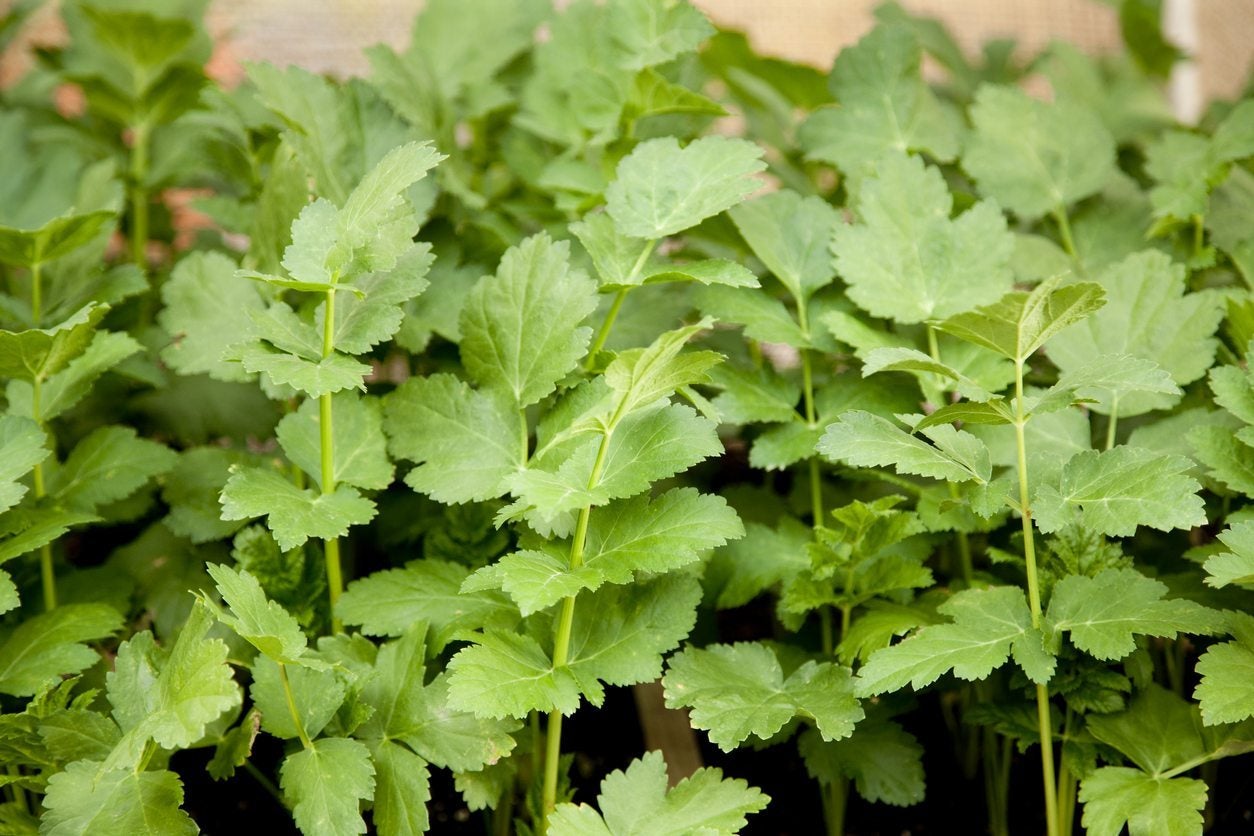

Companion planting is a great way to maximize the potential of your vegetable garden. Putting the right plants next to each other can prevent pests and disease, suppress weeds, improve the quality of the soil, conserve water, and provide a lot of other benefits. For your parsnips, companion planting comes with a few different options.
Plants That Grow with Parsnips
One reason to grow parsnips in your garden, besides harvesting the tasty roots, is that the flowers on these plants that are allowed to go to seed attract predatory insects. These insects will consume pests and protect other plants as a result, especially fruit trees. The parsnip root also emits a substance toxic to red spider mites, fruit flies, and pea aphids. Fruit trees represent one category of great companions for parsnips, but there are others. Certain vegetables will help to protect your parsnips from pests. Onions and garlic repel aphids, ants, and flea beetles. Parsnips have a tendency to be plagued by root maggots, which will destroy your harvest. Onions and radishes may help, but also try planting your parsnips with wormwood. Parsnips will also do well planted near these:
Poor Parsnip Plant Companions
While there are plenty of companions for parsnips, there are also some anti-companions. These are the plants that should not be placed near parsnips for various reasons. These include:
While it may seem as if carrots and parsnips should grow together, they actually are vulnerable to similar diseases and pests. By growing them near each other, you put them both at risk of succumbing to something like carrot root fly. Parsnip companion planting is not necessary, but by choosing carefully how you arrange your vegetables, you will get the best yields and may avoid certain pests and diseases.
Gardening tips, videos, info and more delivered right to your inbox!
Sign up for the Gardening Know How newsletter today and receive a free copy of our e-book "How to Grow Delicious Tomatoes".

Mary Ellen Ellis has been gardening for over 20 years. With degrees in Chemistry and Biology, Mary Ellen's specialties are flowers, native plants, and herbs.
-
 Zinnias On Repeat: 10 Glorious Cut-And-Come-Again Varieties For Endless Summer Bouquets
Zinnias On Repeat: 10 Glorious Cut-And-Come-Again Varieties For Endless Summer BouquetsThese zinnia varieties keep giving all summer, making them the perfect choice for dedicated cutting gardens – or just the occasional homegrown bouquet.
By Ellen Wells
-
 Create A Romantic Garden Straight Out Of Bridgerton: Regency Era Romance In Your Garden
Create A Romantic Garden Straight Out Of Bridgerton: Regency Era Romance In Your GardenTry some romantic garden ideas straight out of Bridgerton. Flowers and gardens in the Regency era were lush and charming and you can get the same look!
By Bonnie L. Grant
-
Powdery Mildew Of Parsnips – Treating Signs Of Powdery Mildew In Parsnips
Powdery mildew is a very common disease that affects a wide array of plants. Powdery mildew of parsnips can be a problem if left unchecked too. To learn more about how to manage and recognize the symptoms of powdery mildew in parsnips, click here.
By Liz Baessler
-
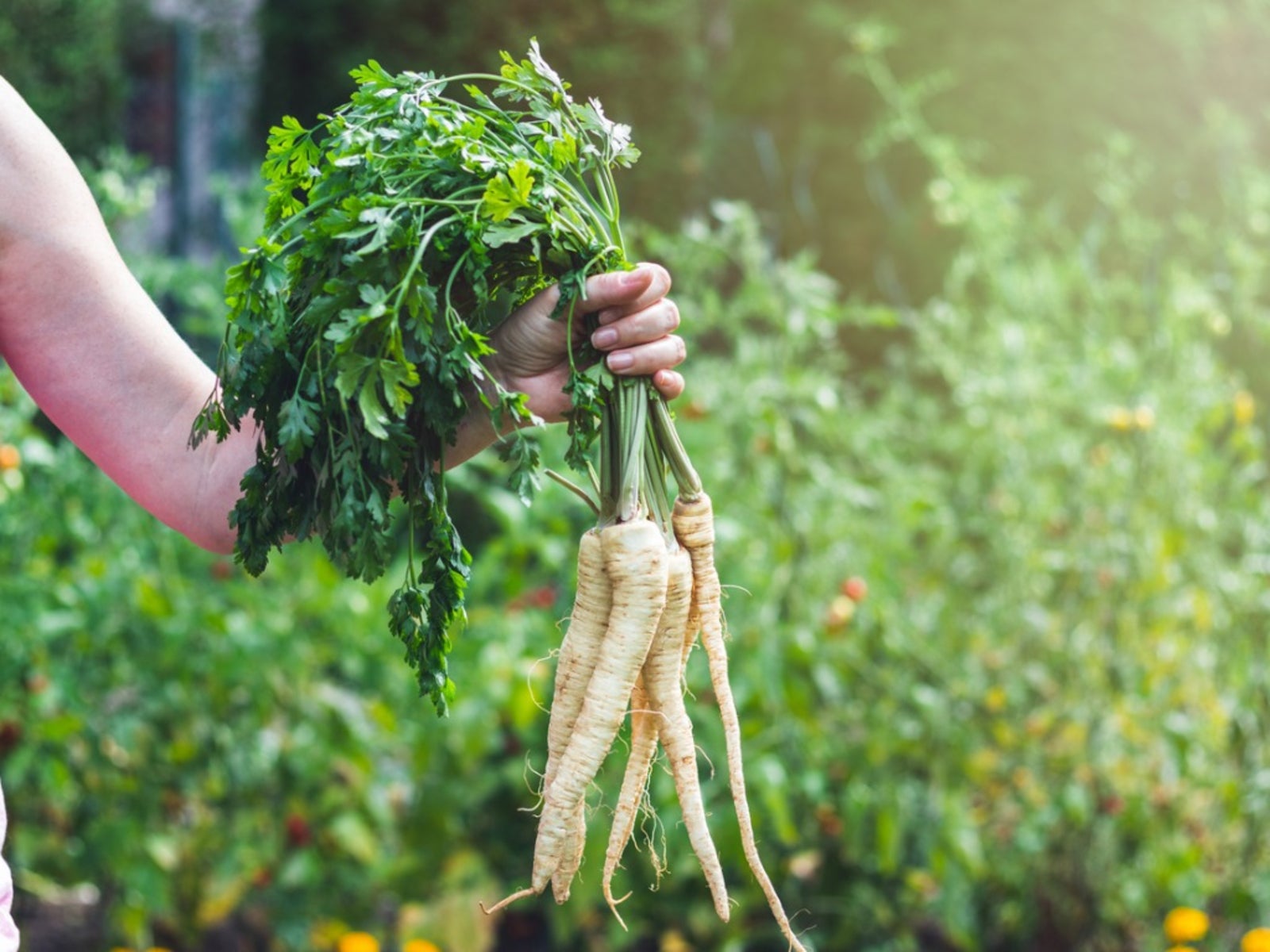 Parsnip Leaf Spot Problems – Learn About Leaf Spot On Parsnips
Parsnip Leaf Spot Problems – Learn About Leaf Spot On ParsnipsParsnips are as easy to grow as their cousin the carrot. Easy to grow they may be, but not without their share of diseases and pests. One such disease, parsnip leaf spot results in exactly what it sounds like - parsnips with spots on leaves. Learn more in this article.
By Amy Grant
-
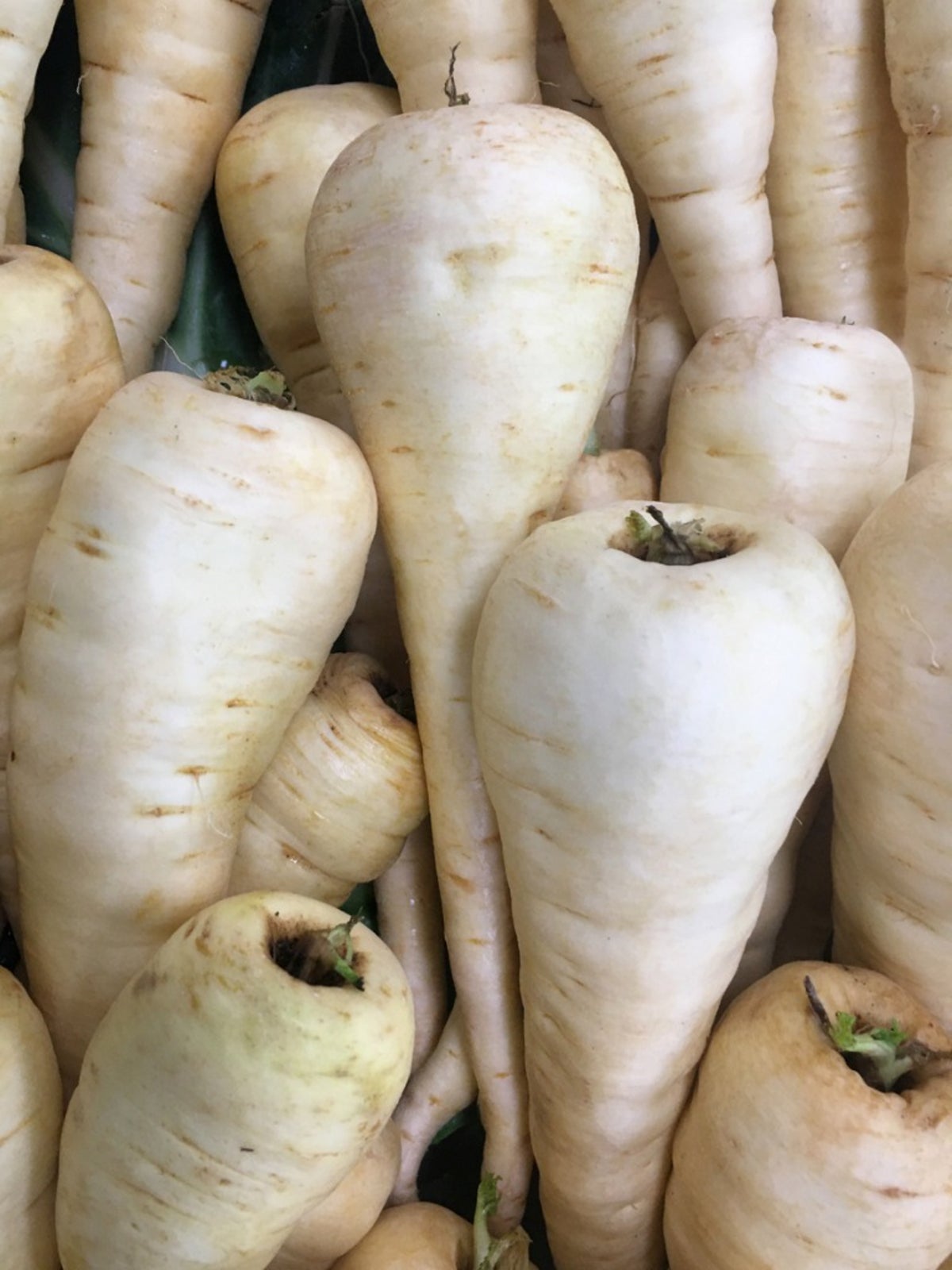 Guide To Parsnip Diseases – How To Treat Sick Parsnips In The Garden
Guide To Parsnip Diseases – How To Treat Sick Parsnips In The GardenParsnips are the often overlooked middle child of the root vegetable world, but they can be total rock stars in your garden. Just be on the lookout for these common parsnip diseases and your vegetable stand will be the envy of the neighborhood! Learn more here.
By Kristi Waterworth
-
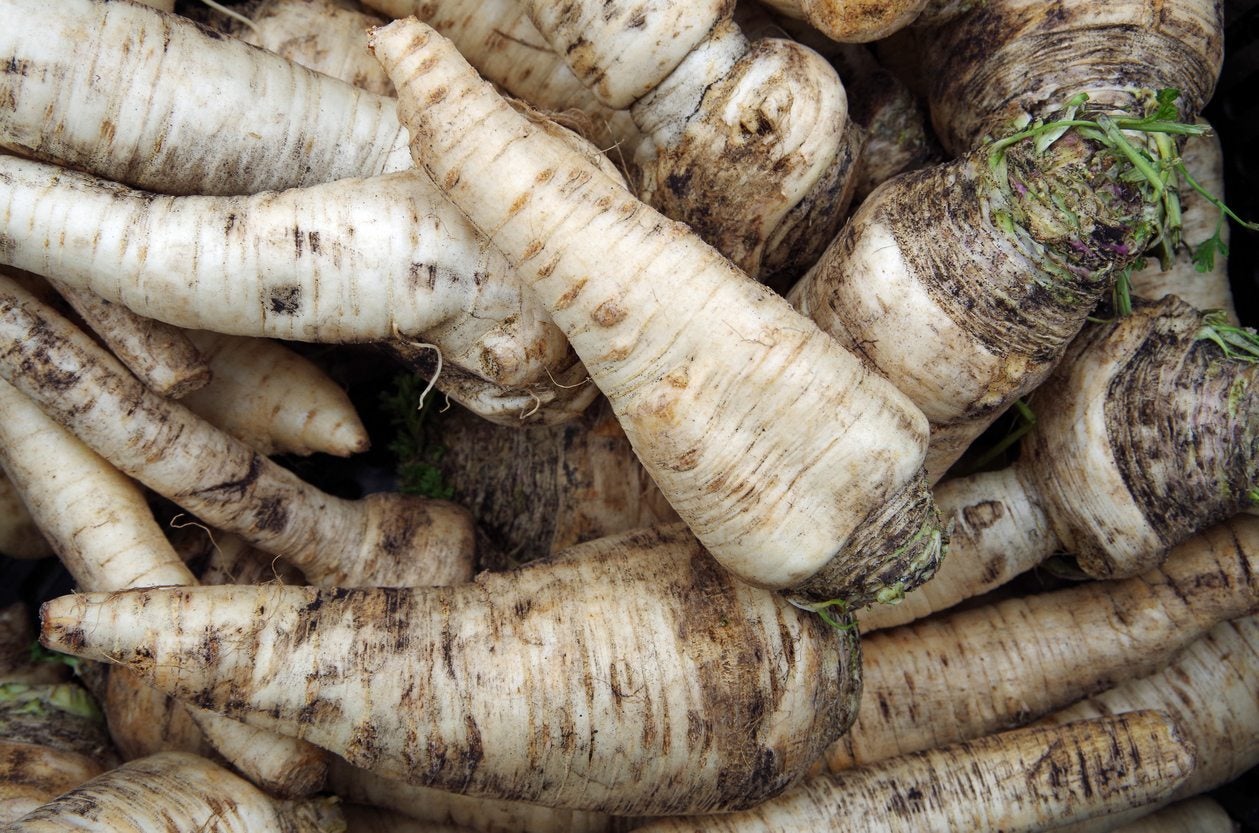 Harvesting Parsnips In Winter: How To Grow A Winter Parsnip Crop
Harvesting Parsnips In Winter: How To Grow A Winter Parsnip CropGardeners that have tried planting parsnip seeds in spring often get disappointing results. Parsnips have a reputation as being difficult to grow, mostly because gardeners plant them at the wrong time. An ideal time for many regions is winter. Learn more here.
By Darcy Larum
-
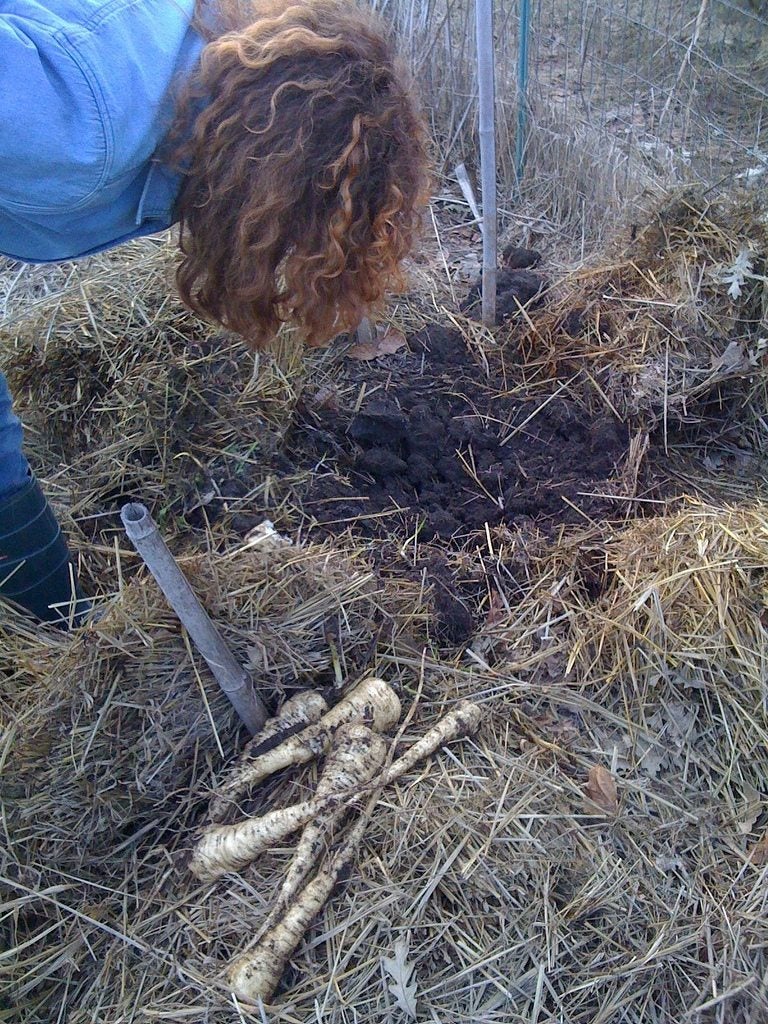 Can You Overwinter Parsnips – Tips For Parsnip Winter Care
Can You Overwinter Parsnips – Tips For Parsnip Winter CareParsnips are a cool season vegetable that actually become sweeter when exposed to several weeks of cool, frosty weather. That leads us to the question "can you overwinter parsnips." If so, how do you grow parsnips in winter? Find out in this article.
By Amy Grant
-
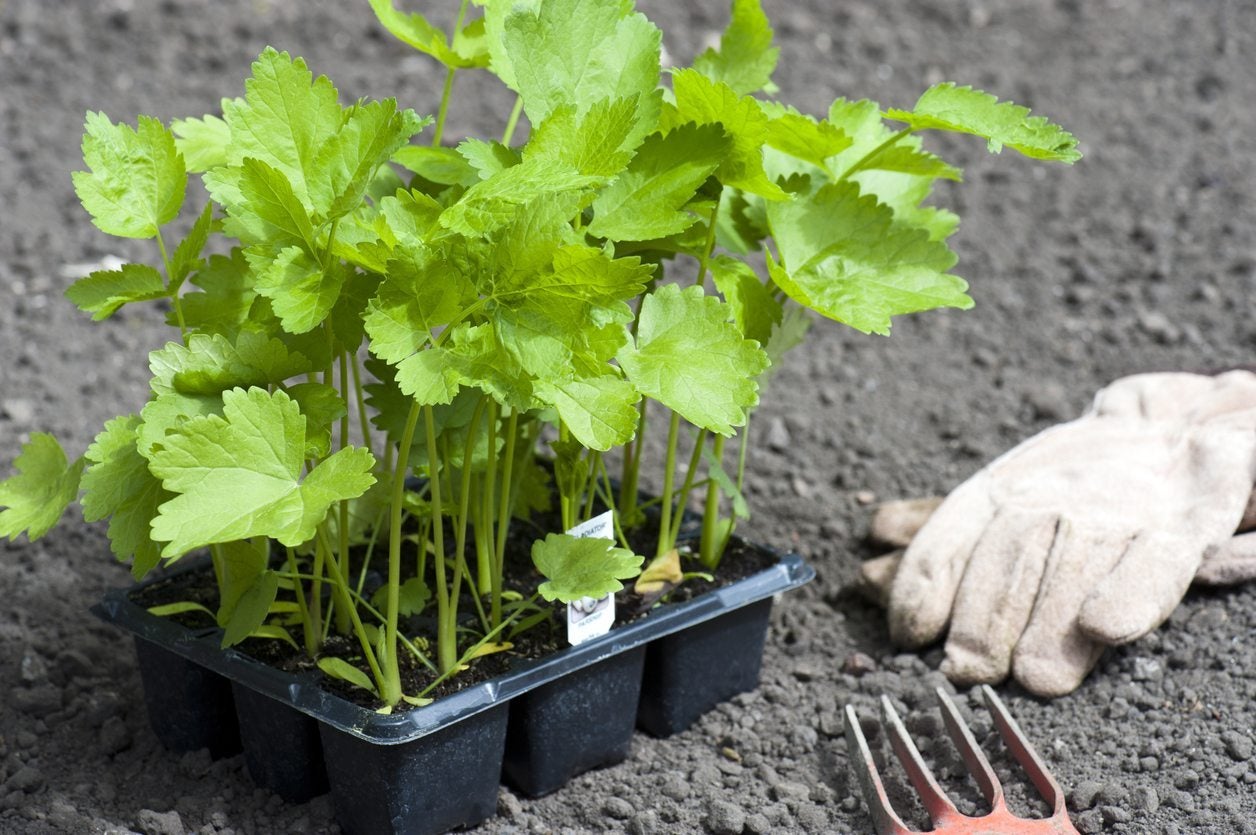 Container Grown Parsnips – Learn How To Grow Parsnips In A Container
Container Grown Parsnips – Learn How To Grow Parsnips In A ContainerRoot vegetables are making a comeback, and parsnips are high on the list. Parsnips are grown for their delicious roots and generally do best planted in a garden, but what if you don't have a garden plot? Can you grow parsnips in pots? Find out here.
By Amy Grant
-
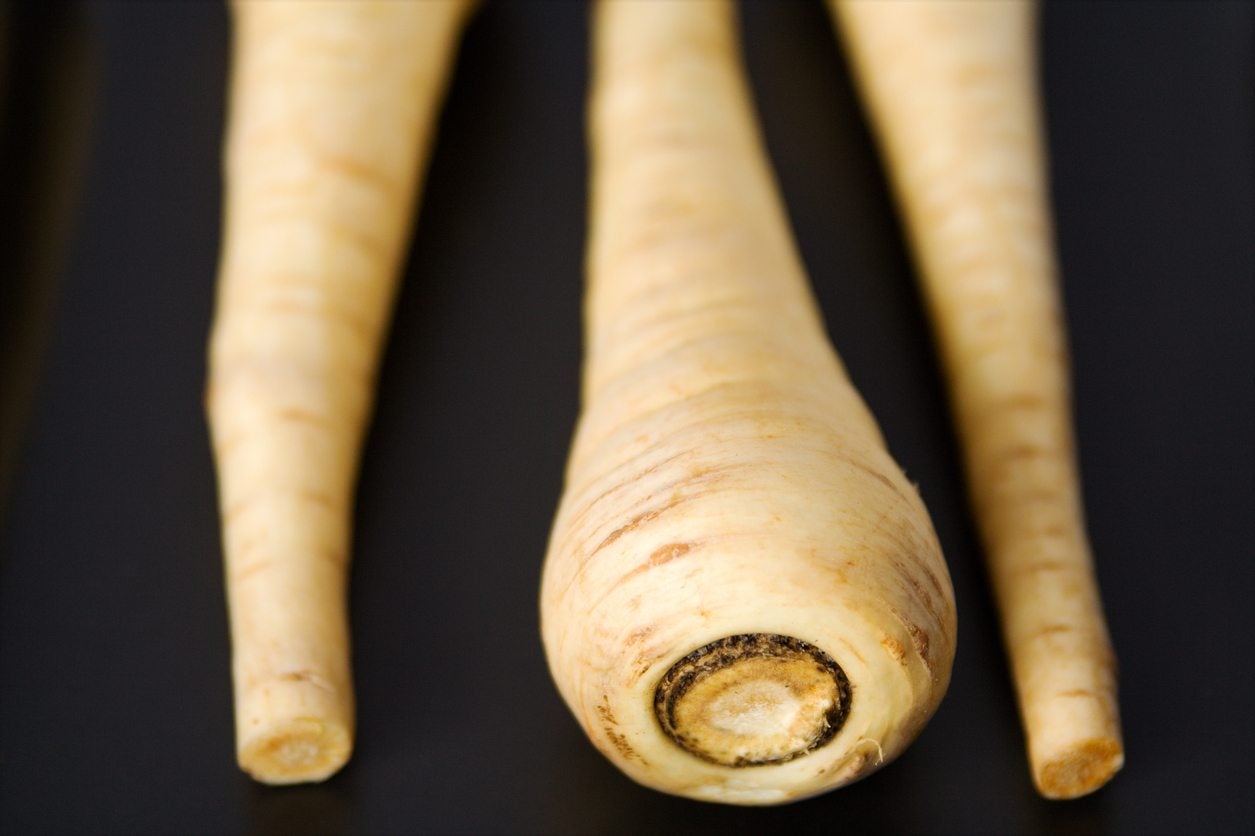 Growing Parsnips From Kitchen Scraps – Can You Regrow Parsnips From Tops
Growing Parsnips From Kitchen Scraps – Can You Regrow Parsnips From TopsYou only have to buy a vegetable once, and after you can just regrow it from its base. In the case of some vegetables, like celery, this is actually true. But what about parsnips? Do parsnips regrow after you've eaten them? Find out in this article.
By Liz Baessler
-
 Seed Grown Parsnips: How To Grow Parsnips From Seed
Seed Grown Parsnips: How To Grow Parsnips From SeedIf you?re interested in seed-grown parsnips, give it a try! Growing parsnips from seed isn?t difficult as long as you provide the proper growing conditions. Learn how to grow parsnips from seed with the information found in this article.
By Mary H. Dyer